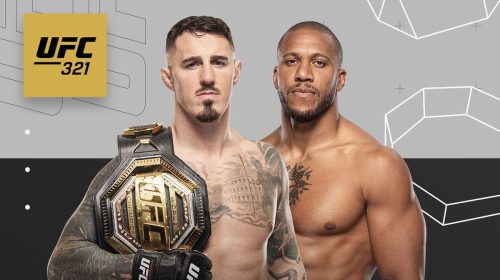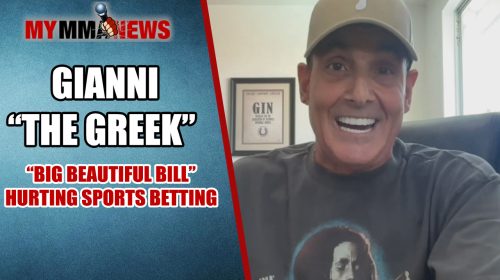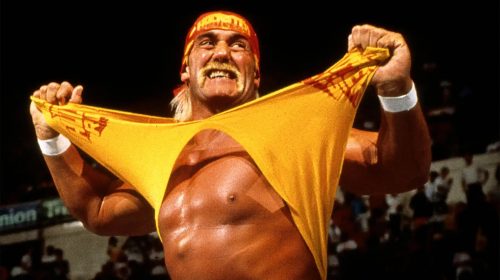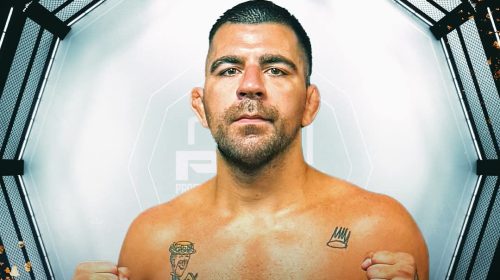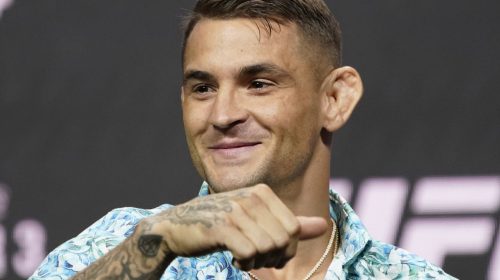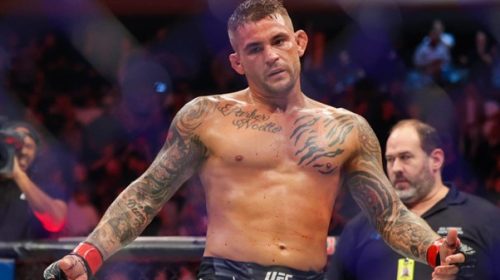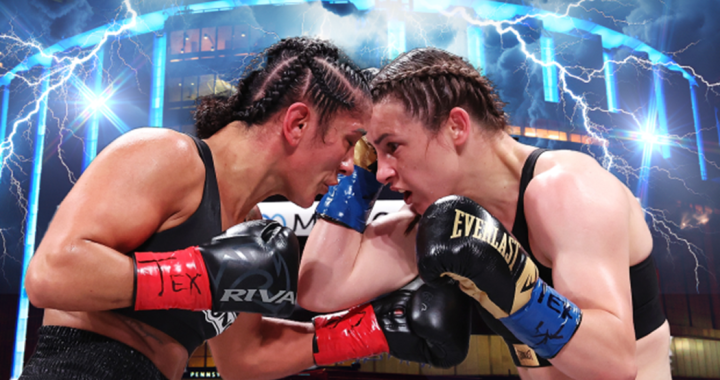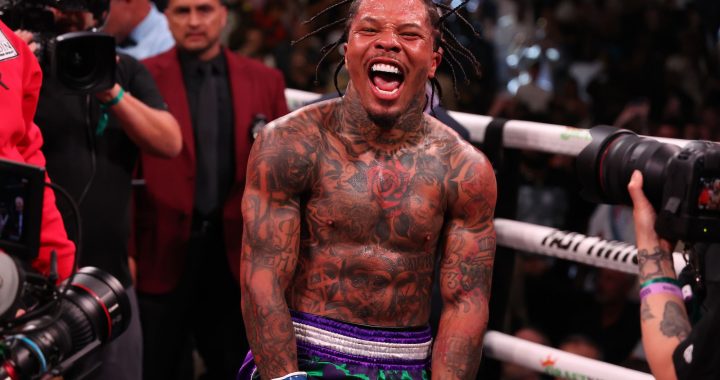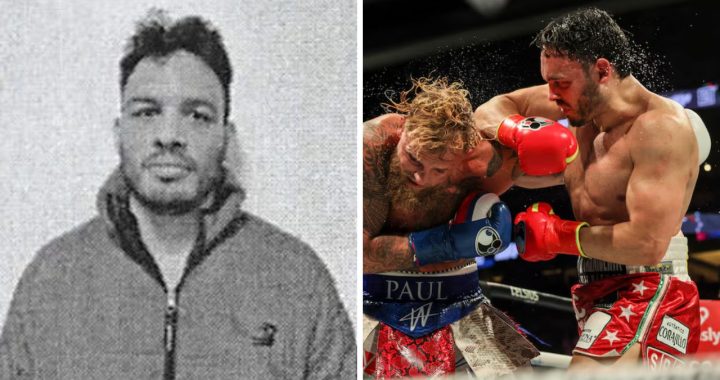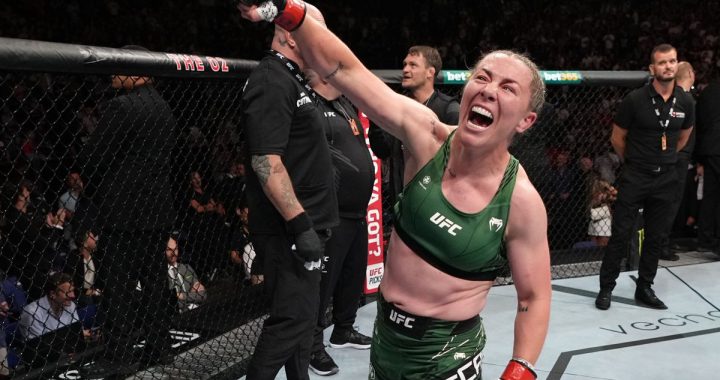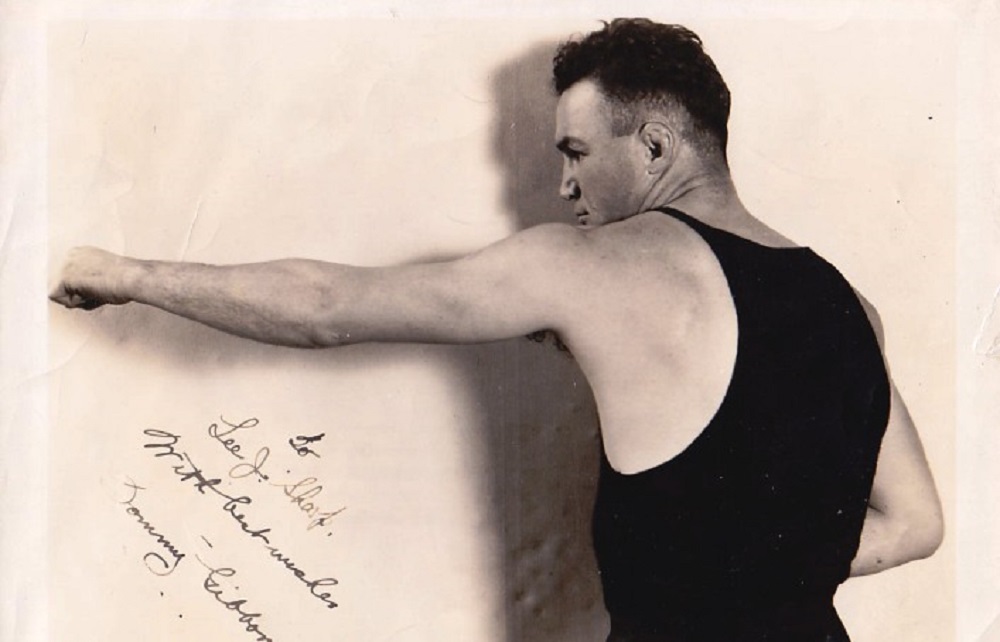
Boxing Across The Nation: Minnesota – “The Other Guy” Tommy Gibbons
Boxing has been a part of the American sports scene since the 1700s by way of England. It started by infiltrating the larger port towns before eventually working its way into the lexicon of America. Now it showcases some of the most talented combat sports athletes in the world. We will embark on a 50-part saga exploring the best boxers representing the United States. Some states will have more athletes to choose from than others, but the journey will be quite the ride. Let’s embark on the journey by looking at an interesting fighter or bout from each state. Next, we look at our 22nd entry, the state of Minnesota.
Check out the 22 states we have covered by clicking below:
Alaska-Hector Camacho vs John Montes Card
Arizona-Hall of Famer Michael Carbajal
Arkansas-The Tragic Story of Sonny Liston
California-The Underappreciated Career of Andre Ward
Colorado-Boxing’s First Mega Star Jack Dempsey
Connecticut-Boxing’s Wins Leader Willie Pep
Delaware-The Night Dave Tiberi Almost Shocked the World
Florida-Pryor vs Arguello Showered In Controversy
Georgia-The Tragic Story of Cleveland “Big Cat” Williams
Hawaii-“The Hawaiian Punch” Brian Viloria
Idaho-The Sad Tale of Ed Sanders
Illinois-“The Drunken Master” Emanuel Augustus
Indiana-The Life and Antics of Kid McCoy
Iowa-Michael Nunn: In the Ring and in the Prison
Kansas-Jess Willard: “Pottawatomie Giant” Lives in Boxing History
Kentucky-Davey Moore: Losing It All In The Ring
Louisiana-Harry Wills: Boxing’s Greatest Injustice
Maine-Liston/Ali II: Putting A State On The Map
Maryland- Joe Gans: First 20th Century African American Champion
Massachusetts-CTE and the Life of Paul Pender
Minnesota
Minnesota, the 32nd state to join the Union, ranks 21st in population of the American states. With temperatures that easily reach the freezing point during winter, the Twin Cities metropolitan area consisting of Minneapolis and St. Paul, account for 55% of the state’s population and ranks as the 16th-largest metropolitan area in the country. Despite the cold weather, Minnesota sports teams in the four major sports (baseball, basketball, football, and hockey) as well as the WNBA and Major League Soccer. With weather being a driving reason to bring athletes indoors, the state has a long history of producing world champions and championship challengers. One of those is “The Other Guy” who helped Jack Dempsey destroy a whole city in Montana. That man is Tommy Gibbons.
Early Life
Gibbons was born on March 22, 1891, the the state’s biggest cities of Saint Paul. At this point, the city had only a handful of establishments and had Minnesota about only been a state for about 40 years. At the time of his birth, Gibbons had a brother who was four at the time, Mike Gibbons. Mike has been listed by many boxing historians as one of the best middleweights of all-time. He is listed at #9 on The Ring Magazine’s all-time middleweight list. Tommy himself has been located on a few of the all-time greatest heavyweights list. At the age of 20, Gibbons began to compete professionally, winning his debut via knockout. Prior to his big push in the heavyweight division, Gibbons married Helen Constance. Heading into his November 1915 matchup with fellow future hall of famer Harry Greb, Gibbons had complied a record of 18-0-2. To put it into perspective, Greb compiled a professional record of 261-18-19 along with winning world championships.
Bouts With A Legend
The first of his four legendary encounters with Greb took place on November 16, 1915, in Saint Paul, Minnesota. Even Greb’s hometown newspaper of The Pittsburgh Post stated Greb took the fourth round while Gibbons took the other nine. The St. Paul Pioneer beautifully described the end of the fight by saying, “Greb showed himself a tough two-handed fighter, dangerous at all times, but the scientific Tommy cut rings around him and won by a comfortable margin. He jabbed Greb with straight lefts and did good work, also, with his right hand whenever he saw an opening. At infighting Tommy showed marked superiority to the Pittsburgh battler. Tommy frequently made Greb miss so badly that he seemed to be shadow boxing in the middle of the ring. At the close, Greb was bleeding profusely from a split lip and a cut below his left eye. Tommy was unmarked save for a cut on his nose.”
Their second encounter took place on Greb’s home-turf of Forbes Field in Pittsburgh. Regardless of the homefield advantage, Gibbons still dominated the future world champion and hall of famer. Even The Pittsburgh Post stated Greb received, “the beating of his life” with Gibbons taking seven of the 10 rounds. Just a bit over two months later, the two would rematch again at Forbes Field. The weather played a huge factor in the bout with heavy rain coming through after the sixth round, when the bout was extremely close. The rain seemed to give new life to Greb, leading to his victory over Gibbons in front of 12,000 fans.
The fourth bout would tie the feud with Greb earning the unanimous decision in their only bout scored by judges and not considered a “newspaper decision.” In front of over 13,000 at Madison Square Garden, Greb controlled the majority of the 15 rounds with his intensity and aggression. This bout took place on March 13, 1922, which allowed Gibbons to build a 26th fight winning streak between the two losses.
“The Other Guy”
While champion Jack Dempsey was dominant sports icon in the country, it was determined a location needed to be established for his next title matchup to take place on July 4th in 1923. The location, of all places, came down to Shelby, Montana. Shelby had just discovered oil the year before and city officials were hoping for a huge boxing attraction like Dempsey could jump-start the city’s economy with tourists’ dollars. The vision for Shelby did not come to be, in fact, the city nearly falls off the map of existence.
The beginning of the end came at the negotiation table where Dempsey would be had for the price of $300,000 (about $5.2 million today.) With $100,00o paid upfront, the $200,00 was still to come for Dempsey. In order to fulfill these big dreams, a stadium was built to hold 40,000 fans at a building cost of $82,000. Fight night made these seats undesirable, especially ringside, with temperatures reaching 100 degrees. With many residents unable to pay the ticket fees (nearly $900 in today’s money) only 7,202 paid for attendance while it’s said another 13,000 entered the “crashed the stadium” and were able to watch the fight for free.
Due to the low ticket take and tourist dollars, the city was only able to pay Dempsey $273,000 of the promised $300,000. This led to the bout actually being called off on July 3rd, but the city promised ticket proceeds to go to the total owed to Dempsey to allow the contest to still go on. In what could have been Gibbons’ shining moment in his hall of fame career, goes down in infamy for not only boxing, but a whole town sent into bankruptcy. Four banks were forced to shut down and along with that, the city’s dream of becoming a huge, booming city of the West.
Post-Dempsey Fight And Hall Of Fame Induction
With the Dempsey fight coming late in his career, Gibbons still amassed an impressive 11-1 record. That lone loss came in his final bout, facing Gene Tunney. Gibbons would score victories along the way over hall of famers Kid Norfolk and Georges Carpentier. Following his successful boxing career, Gibbons would become the Sheriff for Ramsey County in Minnesota for 24 years, serving six-four-year stints as Sheriff. Retiring at the age of 68, Gibbons would eventually pass away in November 1960.
Gibbons’ name will live on forever on the walls of boxing hall of fames with inductions into the Ring Boxing Hall of Fame (1963), International Boxing Hall of Fame (1993) and the Minnesota Boxing Hall of Fame (2010.)






